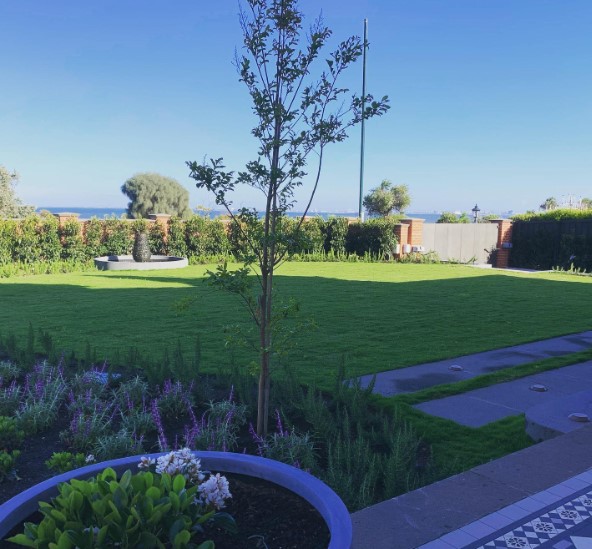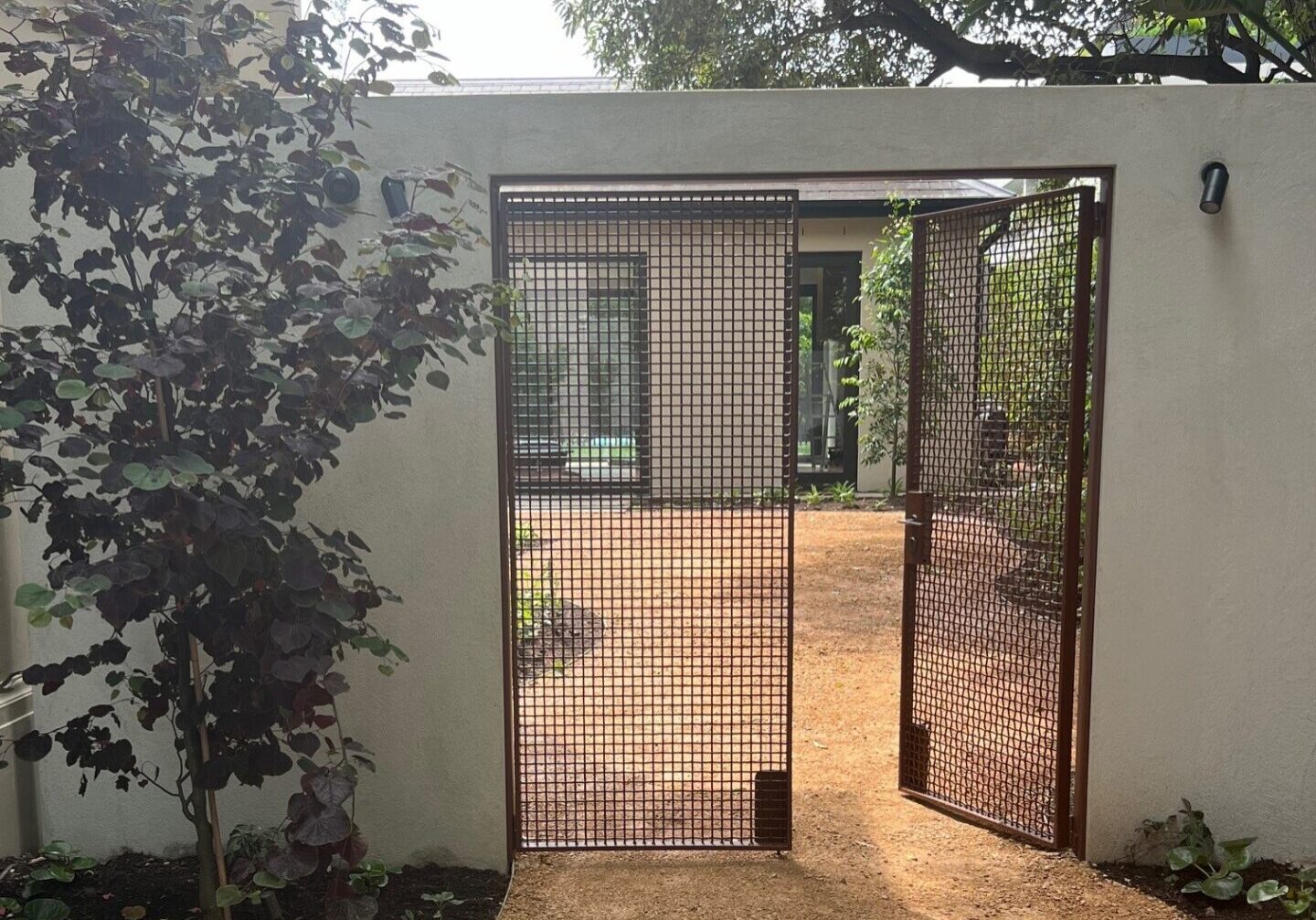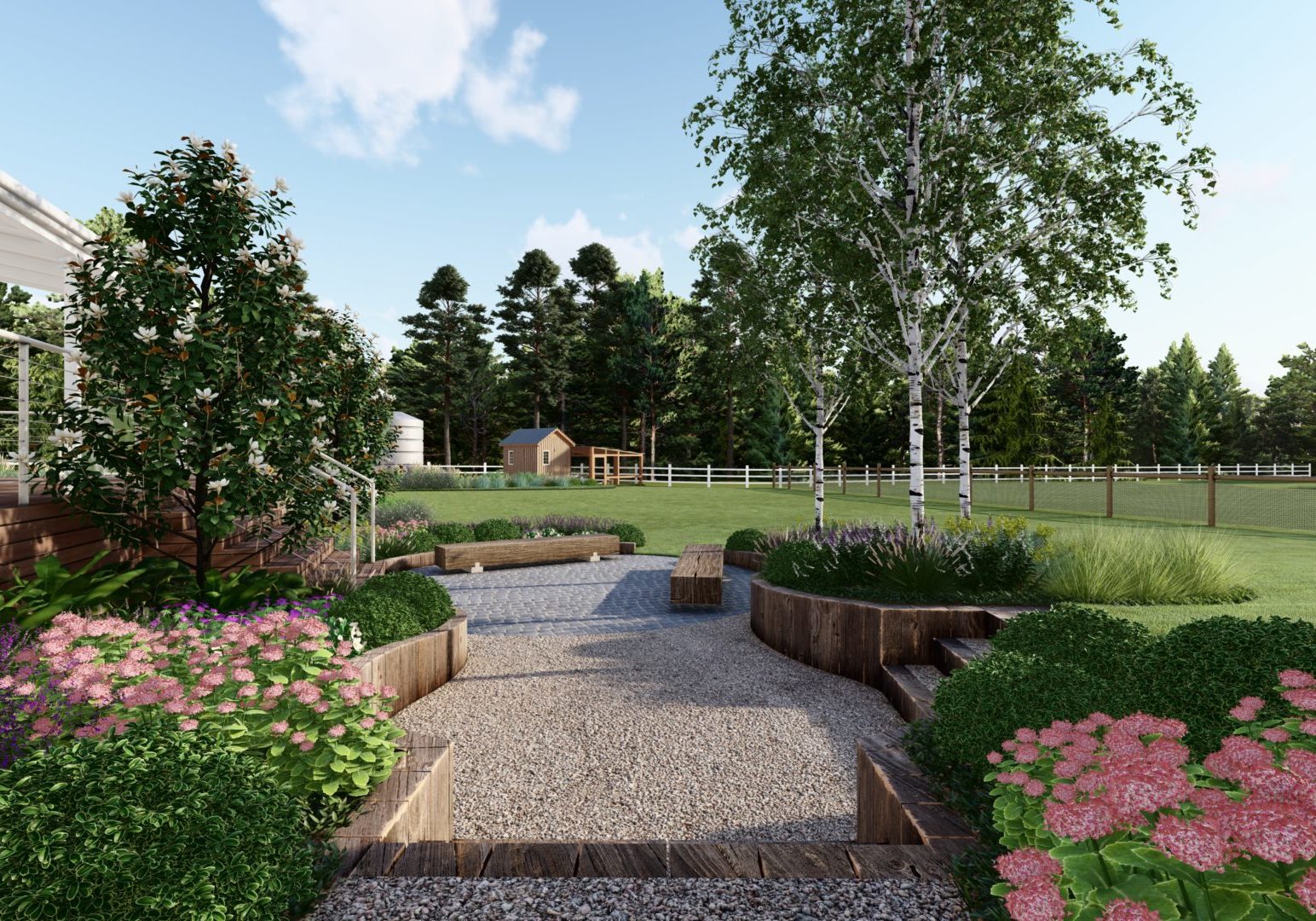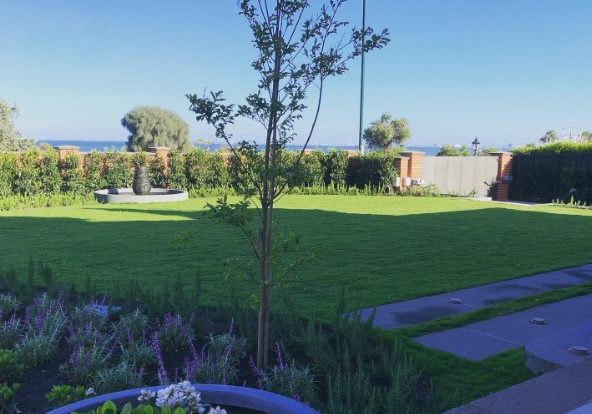Three Things to Consider When Planting Out a Coastal Garden July 21, 2023
Designing a coastal garden requires careful consideration of the specific challenges presented by the coastal environment.
Plants found naturally in this habitat have adapted over long periods of time to cope with the harsh environment.
Below are the three key elements and challenges to overcome, for your coastal garden is to be successful:
Salt Tolerance:
Coastal plants must be able to withstand the high levels of salt in the air due to ocean spray and tidal action. Choose plant species that have developed natural mechanisms to cope with salt, such as succulent leaves, waxy coatings, or salt-excreting glands. Examples of salt-tolerant coastal plants include the Indian Hawthorn (Rhaphiolepsis indica), Coastal Rosemary (Westringia fruticosa), and the rambling groundcover, Pigface (Carpobrotus glaucescens). Avoid planting salt-sensitive species that may suffer from salt burn or die off in such conditions.
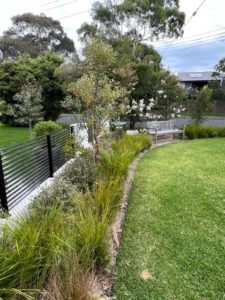
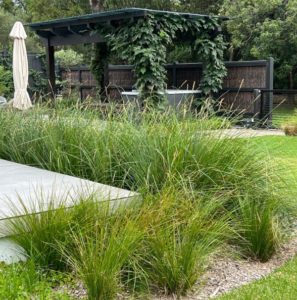
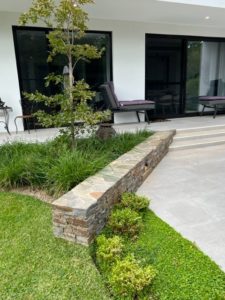
Wind Resistance:
Coastal areas are often subjected to strong and constant winds, which can cause damage to foliage and hinder plant growth. Select plants that have sturdy stems and flexible branches to withstand the wind’s force. Additionally, wind-resistant plants often have smaller leaves or specialised leaf structures that reduce water loss and damage. Shrubs, like Bottlebrush (Callistemon spp.), and grasses, such as Fountain Grass (Pennisetum spp.), are excellent choices for their wind-resistant characteristics.
Sandy Soil Adaptation:
Coastal soils are often sandy and well-draining, which can pose challenges for some plant species that prefer richer or loamy soils. Choose plants that have adapted to sandy soils and can thrive in these conditions. Many coastal plants have developed deep root systems to access water and nutrients in sandy substrates. Additionally, adding organic matter or compost to the soil during planting can help improve fertility and water retention. Native beach shrubs such as Cushion Bush (Leucophyta brownii), and Coastal Banksia (Banksia integrifolia) are well-suited to sandy coastal soils.
By considering salt tolerance, wind resistance, and sandy soil adaptation when designing with coastal plants, you can create a resilient and visually appealing landscape that complements the natural beauty of the coast while ensuring the long-term health and success of your plantings and garden.
